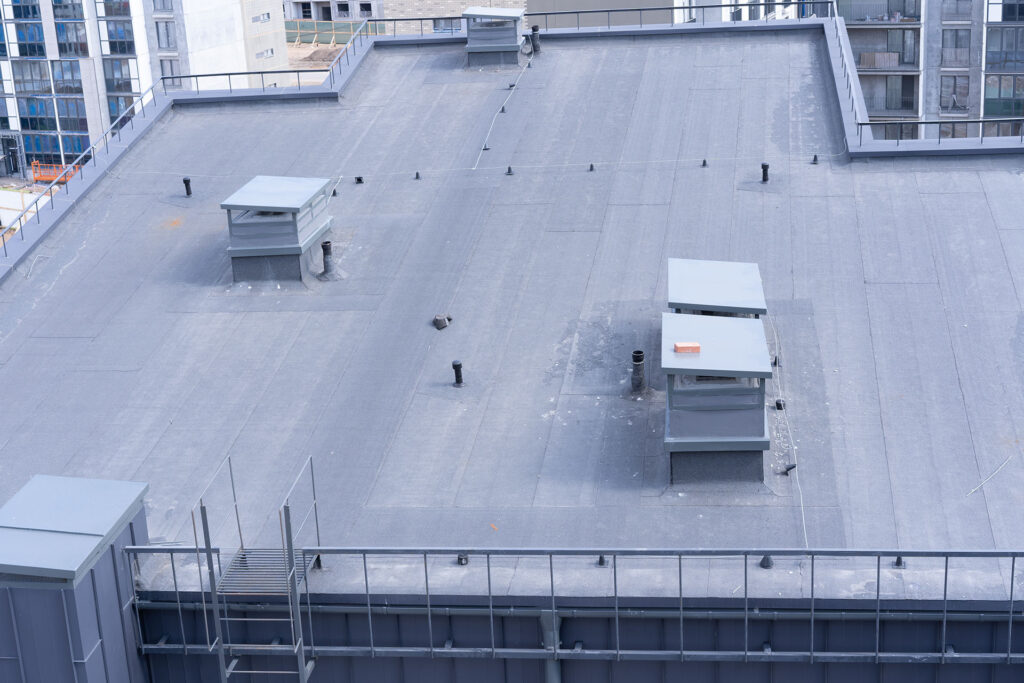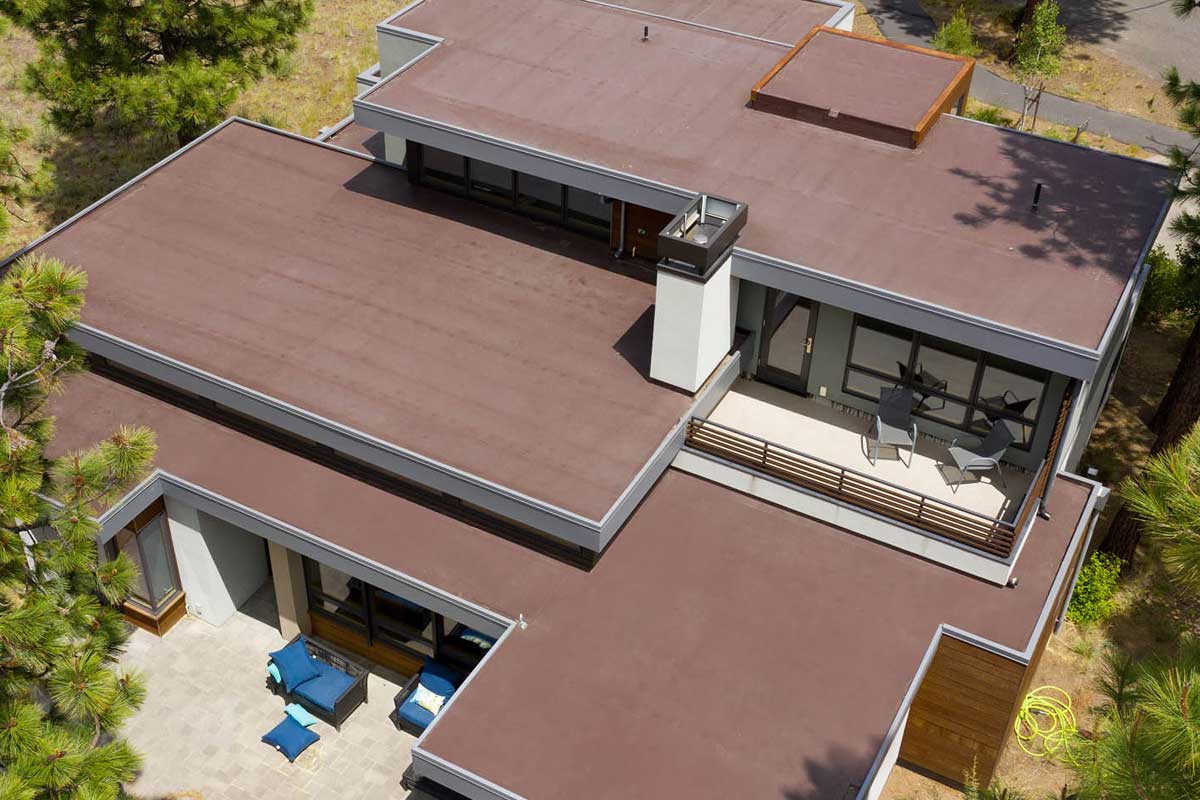The Comprehensive Guide to Commercial Flat Roofing: Solutions and Best Practices
In the dynamic world of commercial construction, flat roofing stands out for its practicality, versatility, and cost-effectiveness. This guide delves into the key aspects of commercial flat roofing, including its benefits, common materials, maintenance tips, and the latest trends. Whether you’re a business owner, a facility manager, or a contractor, this article provides valuable insights into making the most of your commercial flat roof.
The Benefits of Flat Roofing for Commercial Buildings
Flat roofs are a popular choice for commercial buildings due to several advantages:
- Space Optimization: The level surface of flat roofs provides additional space for HVAC systems, solar panels, or even rooftop gardens.
- Cost-Effective: Generally, flat roofs are less expensive to install and maintain compared to sloped roofs.
- Easy Access for Maintenance: The flat surface allows for easier and safer access for inspections and repairs.

Popular Materials Used in Commercial Flat Roofing
Several materials are commonly used in commercial flat roofing, each with unique properties and benefits:
- EPDM (Ethylene Propylene Diene Monomer): This synthetic rubber roofing membrane is known for its durability, long lifespan, and resistance to UV rays and weathering.
- TPO (Thermoplastic Olefin): TPO roofing systems are celebrated for their energy efficiency, heat-reflective properties, and environmental friendliness.
- PVC (Polyvinyl Chloride): PVC roofing is highly resistant to chemical exposure, fire, and water, making it a great choice for restaurants and other businesses that handle oils and fats.
- Modified Bitumen: This asphalt-based roofing is renowned for its strength, flexibility, and resistance to tears and punctures.
Maintenance and Care for Longevity
Proper maintenance is crucial for extending the life of a commercial flat roof. Regular inspections, prompt repairs, and cleaning are key components of a robust maintenance plan. It’s advisable to schedule professional inspections at least twice a year and after major weather events.
Staying Ahead: Emerging Trends in Commercial Flat Roofing
The roofing industry constantly evolves with new technologies and materials. Green roofing, cool roofing, and the integration of solar technology are trends gaining traction in the commercial sector. These innovations not only offer environmental benefits but also contribute to energy savings and enhanced building performance.
Conclusion
Commercial flat roofing is a practical and cost-effective solution for many businesses. Understanding the materials, maintenance needs, and emerging trends helps stakeholders make informed decisions for their roofing projects. With proper care and attention to the latest advancements, a commercial flat roof can provide reliable protection and numerous benefits for years to come.



